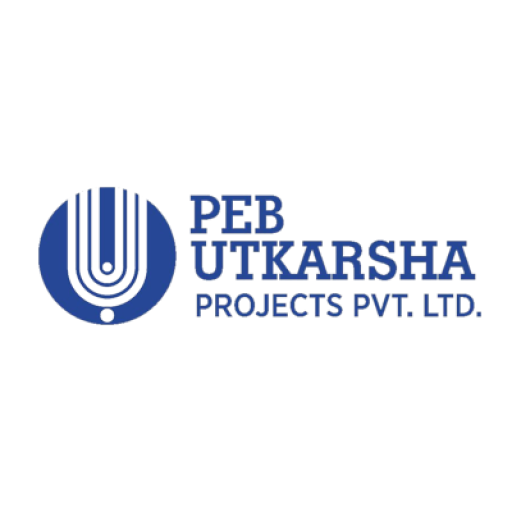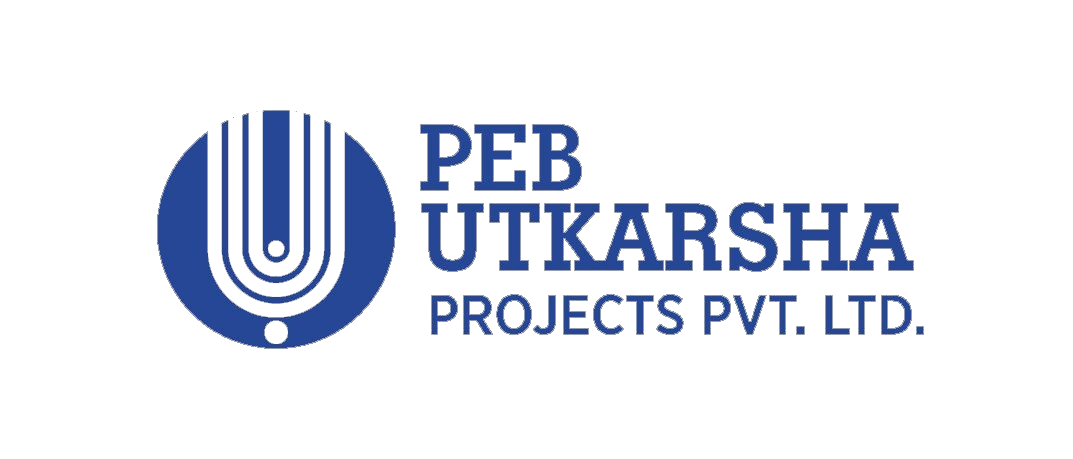When it comes to constructing large-scale commercial or industrial spaces, Pre-Engineered Buildings (PEBs) have become an increasingly popular solution. Their efficiency, flexibility, and cost-effectiveness have revolutionized the construction industry, making them a top choice for businesses worldwide. But what goes into determining PEB Structure Cost Per Sq Ft.
If you’re planning a project and wondering how to budget for a PEB structure, you’re in the right place. This guide will break down everything you need to know about PEB structure costs per square foot, including the factors impacting pricing, benefits of PEBs, and practical tips to optimize your investment.
What Are Pre-Engineered Buildings
Pre-Engineered Buildings, or PEBs, are a type of construction where the building’s components are pre-designed, pre-manufactured, and then assembled on-site. Typically used for warehouses, factories, offices, and showrooms, PEBs are recognized for their modular design and streamlined construction process.
Instead of traditional brick-and-mortar construction, PEBs rely on steel structures engineered to precise specifications. These buildings are durable, lightweight, and flexible, which makes them ideal for large-span spaces. Beyond structural durability, PEBs are highly customizable, allowing businesses to create functional spaces tailored to their unique requirements.
Factors Affecting PEB Structure Cost Per Sq Ft
The cost per square foot of a PEB structure varies depending on several factors. Understanding these aspects will help you create a realistic budget for your project.
1. Building Size and Design Complexity
Size
PEB structure cost per sq ft , typically decreases as the building size increases. Larger projects tend to benefit from economies of scale, reducing material waste and labor costs.
Design Complexity
While standard designs cost less, complex architectural demands such as more significant spans, mezzanine floors, or unique shapes can increase costs. Customization often requires additional engineering, materials, and fabrication.
2. Raw Material Costs
Steel is the backbone of any PEB structure. The cost of raw materials, including roof sheeting, structural steel, and cladding, significantly impacts the overall pricing. Fluctuations in steel prices due to global market conditions can lead to changes in the cost per square foot.
3. Location and Logistics
Site Location
Transportation of materials to the construction site can influence costs. Proximity to manufacturing units or steel suppliers can help reduce transportation charges.
Climate Conditions
PEB structures need to be tailored for their environment. For instance, buildings in regions prone to heavy snow, wind, or seismic activity require adjustments in material thickness and structural design, impacting overall costs.
4. Insulation and Roofing
Adding roof insulation for climate control or using specialized roofing materials can PEB structure cost per sq ft , While standard options may suffice in some areas, premium finishes or weather-resistant roofing may be necessary for others.
5. Additional Features
Customizations such as HVAC systems, skylights, mezzanines, and additional design elements can significantly raise the expenditure. While these additions enhance functionality, they influence the base cost of the structure.
6. Labor and Installation
The labor required for assembling PEB structures is typically lower compared to traditional construction. However, labor costs vary based on region, workforce availability, and the project’s timeline.
7. Compliance and Standards
Compliance with local construction regulations, building codes, and safety standards often involves extra costs. Meeting specific seismic or fire-resistance requirements might necessitate additional materials or processes.
Benefits of Investing in PEB Structures
Now that you know what affects the cost, let’s explore why PEB structures are a worthwhile investment.
- Cost Efficiency
PEBs can save up to 30% of costs compared to traditional construction, thanks to minimal material waste and faster assembly.
- Faster Completion
Pre-fabrication reduces construction time by up to 50%, allowing businesses to operationalize their projects more quickly.
- Low Maintenance
Steel structures are resistant to termites, corrosion (when treated), and other external damages, resulting in lower maintenance over time.
- Eco-Friendly
PEBs use recyclable materials and generate less construction waste, making them an environmentally conscious choice.
- Flexibility
Modular designs allow for easy expansions or modifications for future needs.
- Durability
Engineered for strength and precision, PEBs are exceptionally durable and resilient, even in extreme weather conditions.
Practical Tips to Optimize PEB Structure Cost Per Sq Ft
Maximizing the value of your PEB investment requires careful planning. Here are some tips to get the most out of your budget:
1. Choose a Standardized Design
Opt for standard designs instead of making excessive customizations. This will save on the engineering time and unique materials required for custom elements.
2. Order Material in Bulk
For large projects, ordering materials in bulk can reduce raw material costs per unit. Consider partnering with a trusted supplier for long-term projects.
3. Work with Experts
Engage experienced PEB manufacturers like PEB Utkarsha to ensure accurate cost estimation, high-quality materials, and professional project execution.
4. Plan for Future Needs
If expansion is on the horizon, design your structure to allow for modular upgrades. This approach minimizes long-term costs and disruptions.
5. Factor in Sustainability
Consider insulation, solar panels, or other green options during construction to lower operational costs over the lifetime of the building.
6. Conduct Site Surveys
Handle site preparation in advance to avoid unexpected delays or costs. An accessible, leveled site will reduce installation time and expenses.
How to Get Started with a PEB Project
If you’re considering building a PEB structure, taking these initial steps will simplify the process:
- Define the purpose and dimensions of your building.
- Estimate your project timeline and capacity requirements.
- Consult with industry experts or manufacturers for precise quotes.
- Ensure compliance with local building codes and guidelines.
- Plan your budget based on material, labor, and additional features.
By understanding these steps, you can ensure a smoother construction experience while keeping costs transparent and manageable.
Unlock Cost Savings with PEB Utkarsha
Pre-Engineered Buildings represent the intersection of cost-efficiency, durability, and scalability, making them an ideal choice for modern construction needs. By choosing a reputable manufacturer like PEB Utkarsha, you can unlock unparalleled value and expertise.
At PEB Utkarsha, we pride ourselves on providing high-quality solutions tailored to your business needs. With our expertise in creating flexible and durable PEB systems, we help businesses gain the most value from their construction investments.
Frequently Asked Questions (FAQ)
1. What is the average PEB Structure Cost Per Sq Ft?
PEB structure cost per sq ft, depends on various factors, including the building’s size, design complexity, material quality, and location. On average, it ranges between $20 to $40, but specific projects may vary.
2. What factors influence the cost of a PEB structure?
Several factors affect the cost of a PEB structure, including the type of steel used, insulation requirements, roof and wall panel selection, project location, and additional customization needs.
3. Are PEB structures more cost-effective than traditional construction?
Yes, PEB structures are generally more cost-effective compared to traditional construction methods. Their modular design reduces material waste, and faster construction timelines lower labor costs.
4. How can I optimize the cost of my PEB project?
To optimize costs, ensure you have a well-designed plan, choose appropriate materials for your needs, avoid unnecessary customizations, and work with a trusted PEB manufacturer.
5. Do PEB systems offer long-term durability and maintenance savings?
Absolutely. PEB systems are designed for durability, with high-quality steel components that require minimal maintenance over time. Properly maintained, PEB structures offer long-lasting performance and reduced lifetime costs.
Conclusion
If you’re planning a project and searching for reliable and cost-effective PEB solutions in Nagpur, PEB Utkarsha is your trusted partner. Known for their exceptional service, innovative designs, and commitment to sustainability, they deliver tailored structures to meet your requirements efficiently. With years of expertise in the industry, PEB Utkarsha stands out as the leading provider of pre-engineered building solutions in Nagpur. Contact them today for the best PEB service in the region and bring your construction vision to life.




